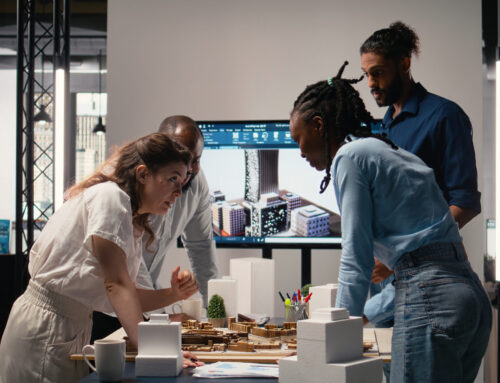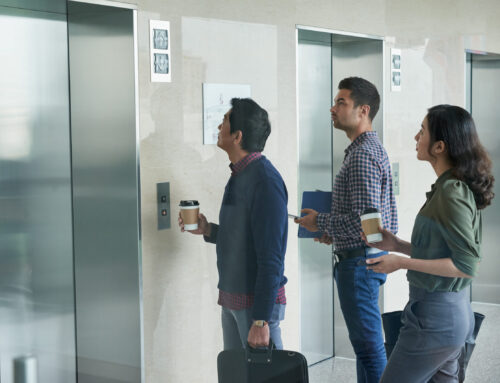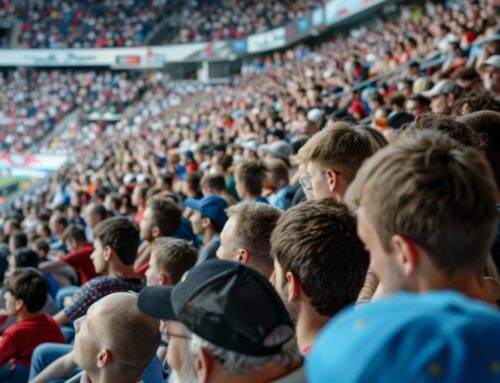In this article, our rail directors from across Tetra Tech share their insights on how stations can meet the diverse and evolving needs of their communities.
Gone are the days of stations with nothing more than a shed and a bench. Stations are now city landmarks – vibrant hubs that connect and activate communities through transport, retail, housing and tourism.
Safe and accessible spaces
Stations need to work for the people who use them. Travellers need to be able to get on and off their train easily. They also expect accessible, intuitive and safe environments.
Designing for accessibility
Federal and state governments are investing heavily in safe and accessible transport programs, including the Safe Accessible Transport program in New South Wales, Australia, and Transport for London’s Equity in Motion strategy in the United Kingdom.
In practice, this means upgrading stations to enable equitable access to trains and minimising risk. As many stations were built decades ago, we follow the so far as is reasonably practicable (SFARP) approach, upgrading platforms and infrastructure to make them as compliant as possible.
The rail sector has a unique, and very complex, process in design and construction. Understanding this, and the extensive number of stakeholders involved in decision making, helps to minimise risk, get the job done to a higher standard and reduce delays.
Improvements we’ve recommended across regional and city centre locations globally include:
- construction of lifts and footbridges to enable a traveller to move between platforms without using the stairs
- installation of emergency lighting and exits to allow for safe egress and deter crime
- improved wayfinding to make the station easier to navigate
- displays and speaker systems to enable accessible updates and announcements
- review of mechanical systems to provide an adequate service following expansion
- structural strengthening so the station maintains the structural integrity in the event of a fire or to protect it from an adjacent building
- alternative materials, like light weight construction for a footbridge, can enable faster build and minimise disruption.
Fire life safety
Fire life safety is also key. The interface points between the different parts of the precinct, as well as the world above and below ground, can be tricky to resolve. Issues are complex and can include:
- designing for minimal impact to the building above in the case of a fire
- minimising the effect of exhaust and draft relief shafts to pedestrians and surrounding buildings in a congested central city area
- ensure safe egress in all spaces with a particular focus on underground.
Reliable and efficient services
The primary goal of any rail station is to deliver reliable connections for all types of travellers. This improves liveability by enabling a large number of people to move from work and play without the stress of heavy congestion.
Crows Nest Station has enabled travellers to cross the harbour in 3 minutes on a train that comes every 4 minutes. Even if you miss one of these trains, it’s going to take you no longer than 10 minutes to get from one side of the harbour to another. This is having a huge impact on communities and economies.
A comfortable space to be in
John Versace
Director, Transport Market Sector Leader
Scott Caeser
Vice President, Cosentini Associates
Building services are integral to the success of the transport asset. If you don’t like being in a place, you’re not going to come back. This means designing ventilation systems for peak hour, lighting for comfort and maximising use of natural resources. Building services’ teams should:
- prioritise comfort with the right level of ventilation and air conditioning, particularly in underground stations
- make it easy to hear announcements by minimise unwanted sounds and reverberation
- maintain a good quality of air in underground stations.
Designing for the peak
Rail infrastructure needs to manage vastly different usage profiles without overbuilding. For example, heating, ventilation and air conditioning (HVAC) must deliver during peak hours on hot days and large events while operating efficiently during quieter times. Managing energy and cost requires precision. Oversizing is expensive; undersizing impacts the passenger experience.
For the Olympics, cities often decentralise events across a region to spread the load. Energy recovery systems and adaptable zoning become important tools to manage both comfort and sustainability during crowd surges. As temporary infrastructure often becomes permanent, it needs to be designed with this in mind.
Part of the local fabric
Railway stations need to integrate with the local area. They need to ‘just fit’.
As the interface between other modes of transport – including bus, taxi, Uber and plane – they serve as a central hub where people meet and gather. The people flow is vitally important to enable movement through transport nodes. Wayfinding, signage and lighting are key enablers.
A catalyst for the local economy
This dynamic hub extends into mixed-use arrangements where station developments include retail spaces, offices and other amenities. These business centres contribute to their local economies and bring in visitors.
Local authorities are responding by developing urban planning and zoning around stations to enable increased density and interconnectivity between nodes of transport.
Future-ready precincts
Rail assets need to integrate with the surrounding area, both at project completion and into the future. This means planning any future development into station design from the start, including services routing, fire compartmentation and spatial allowances.
The rise in underground travel
As cities grow in population and density, putting lines underground provides greater connectivity while having less impact on people’s lives. It also takes the pressure of land and grows the efficacy of a rail system. Underground metro stations are becoming seamlessly integrated with over-station developments, creating a continuous experience above and below ground.
Architectural creativity
With the evolution of a railway station into a station precinct, we’re seeing increasing architectural significance. This requires a flexible and innovative approach to building services, enabling creative architectural intent while providing an exceptional customer experience.
We also need to work closely with the community, and architect, to preserve heritage and promote the cultural significance of the area. This may include incorporating art into transitionary areas, using recycled materials or creating a space that honours the peoples who lived on the land before we did.
Positive environmental impact
Sustainable design is essential as we reduce carbon emissions and transition to net zero. Goals include getting rid of fossil fuels, electrification and improving efficiency in the rail system itself.
With the design of these projects often spanning decades, solutions can be complex.
Design considerations include:
- glazing and canopies to manage thermal comfort and minimise heat and its impact
- water reuse where possible, for example for irrigation
- maintaining air quality through separating intake and exhaust louvres, specifying air filters and making ductwork easy to clean
- using computational fluid dynamics to predict air flow, smoke exhaust behaviour and platform conditions.
Built to last
A station demands deep pockets; there will be supporters and critics. But, if a station is well-planned, designed and built, that critique will fade.
Future flexibility
Designing plant and equipment to serve the needs of the building and operations’ teams, as well as accommodate future upgrades, is critical. Developments need to be planned so individual services can be maintained and replaced without impacting other areas, especially rail services.
In some cases, stations are designed and built years before over-station tenants arrive, yet they need to work for them from day one. Enabling flexibility without compromising safety or maintenance is a delicate balance of technical expertise and industry know-how.
Modular design
All sectors are looking for a modular approach to design so that we can fabricate off-site and fast-track construction works. From a services perspective, we look for design components that can be replicated, such as ductwork and pipes, to speed up delivery and construction.
Giving everyone a voice
Rail involves one of the most complex stakeholder environments in infrastructure. Projects need to satisfy the community, transport agencies, operators, certifiers, fire brigades, local councils and often separate tunnel and infrastructure teams.
Fire life safety requirements, in particular, involve high-demand stakeholder engagement. In some cases, developing a safety case is as much effort as completing the design.
Designing services to align with the community’s needs and expectations make consultation with the various stakeholders much easier. This needs to be done through close collaboration with the project team and wider interest group. It must include specialists from the rail sector’s niche disciplines, including fire life safety, acoustics, audio visual and sustainability.
It’s vital to have engineers familiar with different project stages, from early concept development to relationship building, value-managing design and delivery. Projects succeed when technical quality is matched by practical experience and real-time collaboration across specialisms.
Lastly, and perhaps most importantly, you need a team that goes beyond code. Your team needs to have experience, legacy and adaptability front of mind.
Featured image: Crows Nest Metro Station copyright Trevor Mein 2025










